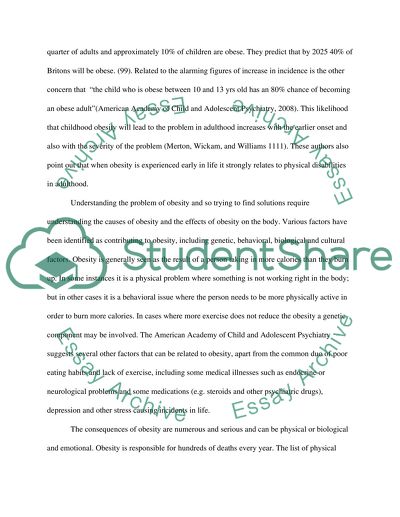Cite this document
(“Physical and Emotional Consequences of Obesity Essay”, n.d.)
Retrieved de https://studentshare.org/health-sciences-medicine/1416585-physical-and-emotional-consequences-of-obesity
Retrieved de https://studentshare.org/health-sciences-medicine/1416585-physical-and-emotional-consequences-of-obesity
(Physical and Emotional Consequences of Obesity Essay)
https://studentshare.org/health-sciences-medicine/1416585-physical-and-emotional-consequences-of-obesity.
https://studentshare.org/health-sciences-medicine/1416585-physical-and-emotional-consequences-of-obesity.
“Physical and Emotional Consequences of Obesity Essay”, n.d. https://studentshare.org/health-sciences-medicine/1416585-physical-and-emotional-consequences-of-obesity.


